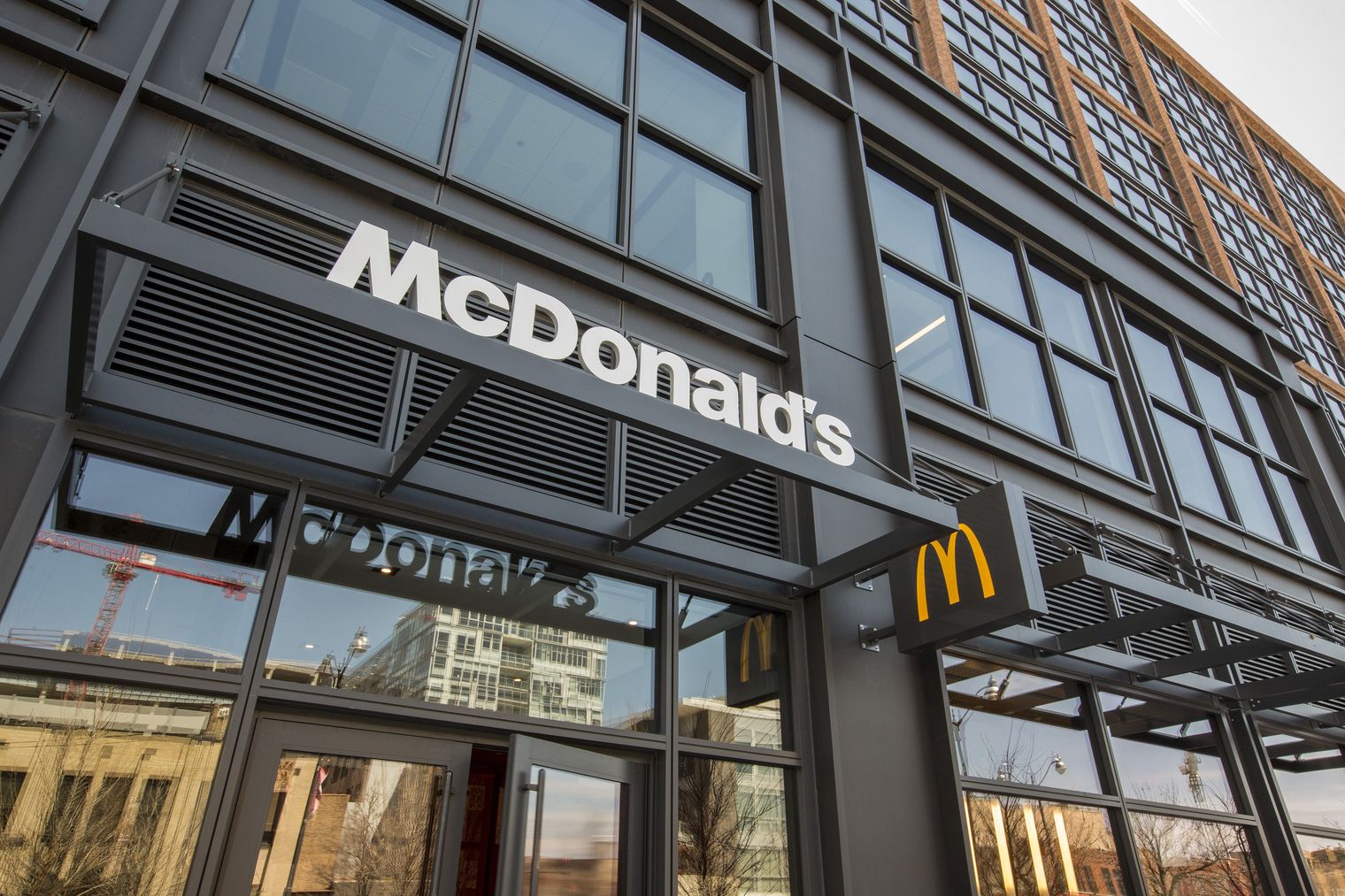California raised the hourly wage for fast food workers to $20. Economists and industry leaders were divided about this 29% increase from $15.50.
Critics warned legislators that workers might lose their jobs and work fewer hours. The goal of the decision was to reduce wage disparities in the fast-food industry.
Unexpected Growth

However, instead, California’s fast-food industry has seen unexpected expansion, according to recent data. Since April 2024, the state has added 11,000 new jobs.
This year, employment figures have increased every month this year. These figures cast doubt on the notion that the industry would suffer as a result of the wage increase.
Comparative Figures

California employed 743,300 fast-food workers in May 2024. This number surpasses the May 2023 figure of 742,600 employees.
Throughout 2024, the sector saw consistent monthly job gains despite warnings of job losses by economists. Now, experts are reevaluating their understanding of how wage increases affect employment given these uprising figures.
Expansion in the Face of Costs

The governor argues that businesses and workers both benefit from fair pay. Despite rising labor costs, the fast-food industry in California continues to expand.
Now, some economists look into the possibility that consumers spend more when wages are higher. This growth raises questions about how the minimum wage affects people.
Annual Salary Increase

The annual salary of fast-food workers has increased from $32,240 to $41,600. The financial security of workers is significantly impacted by this $9,360 increase.
Improved levels of job satisfaction and lower rates of employee turnover are reported. However, it is still unclear what the long-term effects will be on career advancement.
Similar Approaches

The fast-food wage experiment in California is being closely watched by several states. Similar legislation is being considered for 2025 by Washington and New York.
Leaders in these states’ industries express concern regarding potential repercussions. National wage debates may be influenced by California’s policy’s success or failure although these reports are pointing towards a net positive outcome.
Rising Operational Costs

Restaurants face rising operating costs despite job growth. Menu prices have risen by 5 to 10% in some establishments.
Concerns regarding long-term viability are expressed by independent smaller restaurants. Automation and efficiency innovation in the industry may accelerate. The lessons learned in California may have an impact on labor laws in general.
Gradual Wage Increase

The connection between wages and employment may be reevaluated by policymakers.
To make it possible for businesses to adapt, some propose gradual wage increases. The question now becomes how to strike the right balance between worker compensation and the sustainability of the business. Long-term effects keep economists skeptical it seems.
Future Considerations

Economists make the case that job growth may slow down in the coming years.
Critics demand more in-depth research on the effects on the entire industry. The debate highlights the intricate connection between economic health and wages. New obstacles arise as the industry adjusts to higher wages. Changes in consumer behavior and technology will be crucial.
Origins of Minimum Wage

Business models and job roles could change, according to experts. The true consequences of this daring wage experiment will become clear in the coming years.
In 1938, the federal minimum wage was established by the Fair Labor Standards Act. In the beginning, fast food workers were subject to this general minimum wage.
Major Employer

Since its inception in 1940, McDonald’s has grown into a major employer in the sector. The initial McDonald’s employees were paid $0.35 per hour, which is approximately $7 today.
The number of fast-food restaurants in the United States grew quickly. Low-wage workers became a significant part of the industry’s workforce.
Source: Dirk Tussing/Flickr

The federal minimum wage reached its peak in 1968 at $1.60, or $12.65 in 2023 dollars. This minimum wage was earned by many fast-food workers.
The minimum wage in some states has begun to rise above the federal level. In 2002, California raised its minimum wage to $6.75.
Fast food workers were affected differently across the country by these state-level changes but many workers continue to struggle to survive.
